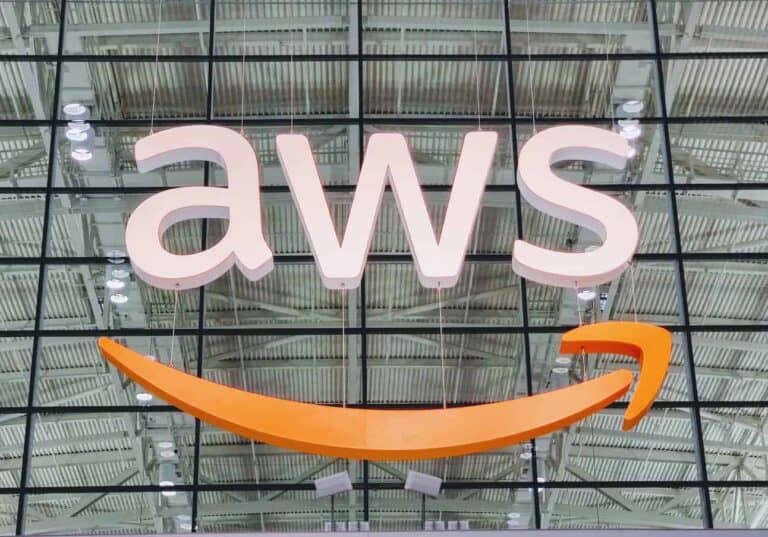AWS has announced new prices for Kiro, its AI-driven development environment that attracted significant attention earlier this year. While the service was initially launched with reasonable-looking rates, the final pricing is significantly higher. This has led to fierce criticism among developers.
Update 20 August: response from AWS added, scroll down to the end of the story
Kiro was introduced in July as a fork of Code OSS, the open source base on which Visual Studio Code also runs. AWS positions the tool as an AI IDE that works based on specifications and tasks. Three plans were presented at launch: free with 50 interactions per month, Pro for $19 with 1,000 interactions, and Pro+ for $39 with 3,000 interactions. Additional usage would cost four cents per interaction. This model made the tool attractive to both hobbyists and professional developers.
Shortly after its introduction, the pricing information disappeared and a waiting list was opened, according to The Register. However, last week’s update paints a very different picture. AWS now distinguishes between so-called spec requests and vibe requests. A spec request is used when a task is performed in Kiro’s structured workflow. Vibe requests are interactions via chat, such as asking questions or generating specifications. According to AWS, this distinction better reflects how developers use the tool and helps keep costs predictable.
In practice, however, this predictability appears to be disappointing. Feedback on GitHub and in the Kiro Discord community shows that a single interaction can sometimes require multiple vibe requests. For example, one user reports that Kiro charges four to six vibe requests for a single request. For subtasks, AWS also charges at least one spec request plus one vibe request for coordination. As a result, developers are using up their monthly limit much faster than expected.
New pricing table
The new pricing table consists of a free tier with 50 vibe requests, a Pro subscription for $20 with 225 vibe and 125 spec requests, Pro+ with 450 vibe and 250 spec requests, and a Power subscription for $200 with 2,250 vibe and 1,250 spec requests. Additional vibe requests cost four cents each, while spec requests cost twenty cents. According to developer Antonio Ribeiro, this can amount to around $550 per month for light use, while full-time use can reach $1,950.
AWS published an explanation that provides examples of how requests are counted and announces that dashboards will be available later this month, allowing users to track their usage. The company wants to offer transparency and help developers plan better. Nevertheless, criticism remains loud, especially since competing tools such as Amazon Q, Trae, and Windsurf are significantly cheaper.
For many developers, the price increase feels like a major setback. They also see the risk of costs spiraling out of control unexpectedly.
Update 20 August (response from AWS)
Following the commotion that arose, AWS says it conducted an investigation and concluded that there was a bug somewhere in Kiro’s pricing. Earlier today, we received the following response, which we are posting here in its entirety:
Kiro Discord community update from AWS:
@here I want to give you a quick update on the changes we recently announced for Kiro.
First, we have heard many of you are surprised by how quickly you are using included requests. We are surprised as well! As we have dug into this, we have discovered that we introduced a bug when we rolled out pricing in Kiro where some tasks are inaccurately consuming multiple requests. That’s causing people to burn through their limits much faster than expected. The team is actively working on a fix for this issue which we expect to roll out in a couple of days. We will also be resetting the limits of any users impacted by this bug.
We’ve also heard more general concerns that the current limits don’t give you enough room to get meaningful work done. We believe that much of this perception is coming from the aforementioned issue which is causing users to deplete their limits faster than intended. We set our limits based on actual customer behavior during the preview, and we continue to believe that we have defined the tiers in a way that Kiro will provide exceptional value for both casual and professional users. However, considering the confusion caused by the bug, we have decided to not charge for the month of August. This will allow you to experience the limits before committing to paying and give us additional time to ensure we selected these limits appropriately. If you have already been charged for August, we will refund you.
We’re sorry for the headache this rollout has caused. We are excited about Kiro and we want to make sure that Kiro provides compelling value. Thanks for helping us throughout the preview with all the excellent feedback, and we look forward to hearing more as you get a chance to experience the new metering without the bug.
